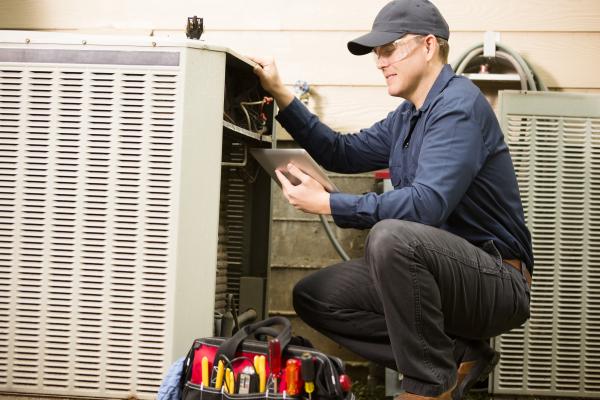

Flex Trades: HVAC / Electrician
Get your start or add to your knowledge as an HVAC or electrician tradesperson
These hands-on training classes provide essential knowledge for anyone seeking to become an HVAC technician or electrician or improve their knowledge and skills.
All classes meet Oklahoma Construction Industries Board (CIB) requirements and classroom hours count toward a journeyman's license. Classes meet twice a week from 6-9 PM for up to four weeks.
Each class focuses on an important skill that you will need in these trades.
Electrical Training Program
Through hands-on projects, technical exercises, and classroom instruction, students gain a deep understanding of electrical theory, safety practices, residential and commercial wiring, the National Electrical Code (NEC), conductors, bonding and grounding, electrical devices, raceways, and more. Emphasis is placed on proper tool use, troubleshooting, and the safe installation and maintenance of electrical systems in both residential and commercial settings.
HVAC Training Program
From introductory classes to troubleshooting, students of various skill levels can gain insight and knowledge through hands-on, interactive sessions. Classes cover basic electricity, heating with a gas furnace, heat pumps, cooling and condensers, and air flow and air quality. Emphasis is placed on safety, maintenance, and understanding the fundamental functions of HVAC systems.
To learn more about CIB requirements, visit the Oklahoma Construction Industries Board (CIB) website.
View the list of available classes below and click the link to enroll.
Upcoming Flex Trades Classes

HVAC technician or Electrician
About this Occupation
There is no prerequisite for any class. Students do not have to take a specific number of classes to gain employment; however, the more knowledge and skills they can display, the more their chance of finding employment. HVAC/Electrician jobs are in demand due to several factors. Aging infrastructure and increasing construction means more tradespeople will be required to handle maintenance, repairs, and new units or systems. It is estimated that 40% of the current workforce are 55 or older. This will lead to increased retirements in the coming years, and new workers will be needed in addition to increased available jobs.